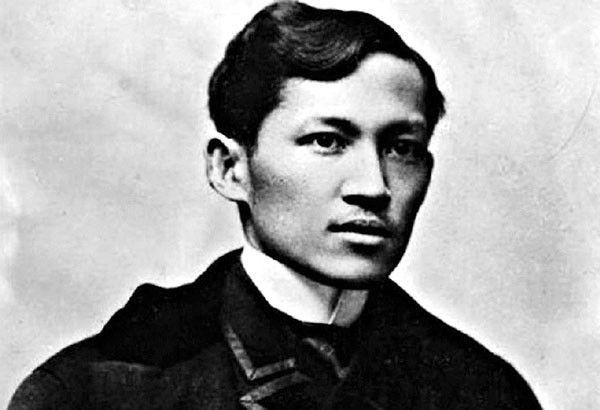Modeling stint, scientific discoveries: 3 amazing Jose Rizal trivia for Rizal Day

MANILA, Philippines — After one gets to explore foreign countries, it often becomes easier to notice and appreciate the beauty of one’s homeland. We Filipinos should know – over the last couple of decades, significantly more Filipinos have developed the capacity and inclination for foreign travel, in many cases as workers but quite often as tourists as well. And after such exposure to foreign places and cultures do many of us grow to love our own.
It looks like we have more in common with National Hero Jose Rizal, a mere historical figure to the present generation, than we care to think. According to renowned historian Prof. Ambeth Ocampo, it was during the hero’s years spent overseas that he developed a deep love for country.
Maybe looking at our national hero beyond his better known image as a patriot novelist, poet, physician, and a profile on a coin will let us see him in a different light. Here, some little known and interesting pieces of trivia that show other facets of a man whose courage at Bagumbayan we commemorate today, 125 years later.
1. He spent much time studying nature while in political exile, discovering several rare animal species which ended up being named after him.
Rizal authored and published books and articles which were critical of Spain during a time that the Philippines was under the Spanish government, and for this he was apprehended in Manila and banished to Dapitan, a part of what is now Zamboanga del Norte in Mindanao. He was truly a rebel with a cause, yet during his exile from 1892 to 1896, not only did he set up a medical clinic to treat patients and establish an informal school to help educate children. Among his many preoccupations were scientific explorations.
He collected a wide assortment of shells, birds, and insects, and discovered rare animal specimens which he then sent to Germany for proper identification. The result was three rare animals’ being given scientific names in honor of the Filipino who discovered them: a lizard (Draco rizali), frog (Rhacophorus rizali), and a beetle (Apogonia rizali).
2. He was likewise a master in the visual arts.
We are all familiar with the Rizal monument which stands proud at Rizal Park or Luneta, the site of his execution by firing squad on December 30, 1896. Swiss sculptor Richard Kissling produced the bronze work of art, but did you know that Rizal himself was a sculptor?
The artist, who worked mostly with clay, terracotta, and wood, and at times plaster and wax, was apparently much more than an enthusiast with unremarkable talent, for he was invited at one point to take part in the Salon de Paris exhibition in 1889, in which only outstanding international artists exhibit their work. Around 40 sculptures are known to have been fashioned by the national hero, with subjects ranging from Catholic saints and hermits to dogs, maidens and ordinary everyday objects.
3. He posed for painter Juan Luna’s 'The Blood Compact.'
Painter Juan Luna is probably best known for his iconic "Spoliarium," the award-winning work which depicts dying gladiators. Another of Luna’s brilliant paintings is that which immortalizes a significant moment in Philippine history: the 1565 blood compact performed by Spanish explorer Miguel Lopez de Legazpi and Bohol chieftain Sikatuna to signify friendship. As Luna worked his paintbrush, no less than his good friend the national hero posed as Sikatuna.
RELATED: Rizal Day: Center promoting Jose Rizal's heroism opens in New York




















